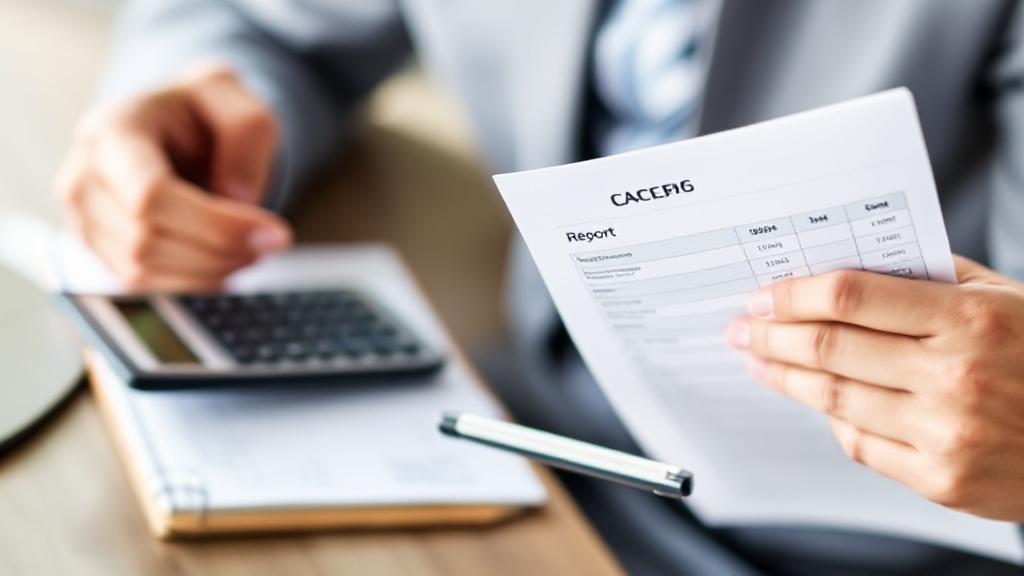Understanding Closed Accounts
Closed accounts on your credit report can arise from various situations, such as:
- Paying off a loan: Once a loan is fully paid, the account is closed
- Credit card closure: This can happen if you or the issuer decide to close the account
- Default or charge-off: Accounts may be closed by the lender if they are in default
- Inactivity: Accounts closed by the creditor due to lack of use
Closed accounts can remain on your credit report for up to seven years from the date of first delinquency, though positive accounts may stay for up to 10 years.
Impact on Your Credit Score
The impact of closed accounts depends on several factors:
- Credit History Length: Closed accounts can still contribute to your credit history length
- Credit Utilization Ratio: Closing credit card accounts can affect your overall credit utilization
- Payment History: A closed account's payment history continues to influence your score
- Account Standing: Accounts closed in good standing have different effects than those closed due to delinquency
Why You Should Pay Off Closed Accounts
Benefits
- Improves your credit utilization ratio
- Demonstrates responsibility to future lenders
- Prevents potential legal action from collectors
- May help qualify for better interest rates on future loans
- Reduces overall debt burden
- Provides peace of mind
"Just because an account is closed doesn't mean the debt disappears. You're still legally obligated to pay what you owe."
- Consumer Financial Protection Bureau
When to Consider Waiting
There are situations where immediately paying off closed accounts might not be the best strategy:
Statute of Limitations
Before paying off a closed account, check the statute of limitations for debt collection in your state. If the debt is time-barred, creditors may not be able to sue you for payment. Visit Nolo for more information.
Debt Settlement
You might be able to negotiate a settlement for less than the full amount owed through a "pay for delete" agreement, though this isn't guaranteed.
Steps to Take Before Paying
- Verify the debt is legitimate
- Request validation from the creditor
- Check the statute of limitations
- Get everything in writing
- Contact the creditor to discuss payment options
- Monitor your credit report after payment
Impact Timeline
| Time Frame | Typical Impact |
|---|---|
| 0-6 months | Minimal improvement |
| 6-12 months | Moderate improvement |
| 1-2 years | Significant improvement |
Alternative Strategies
Consider these options:
- Debt consolidation
- Credit counseling services
- Debt management plans
- Debt settlement programs
For personalized advice, consider consulting with a certified credit counselor through the National Foundation for Credit Counseling.
Resources for Credit Management
- Get your free annual credit report at AnnualCreditReport.com
- Visit MyFICO for credit score education
- Check the Consumer Financial Protection Bureau (CFPB) website for additional guidance
Remember that improving your credit score is a marathon, not a sprint. Making informed decisions about closed accounts is just one part of a comprehensive credit improvement strategy.
